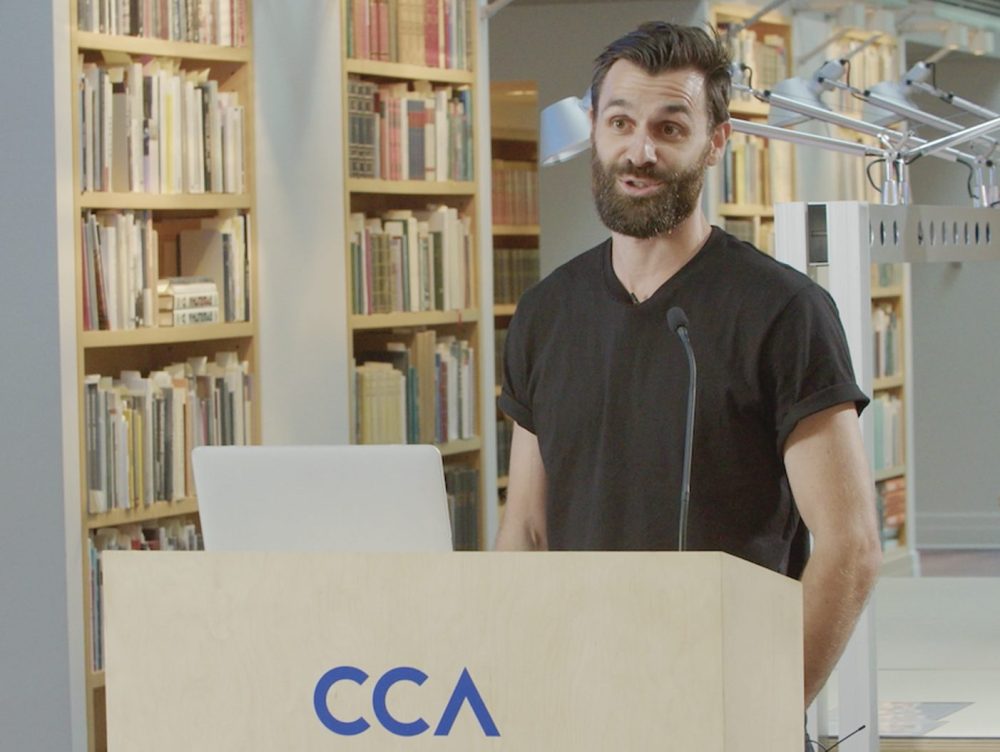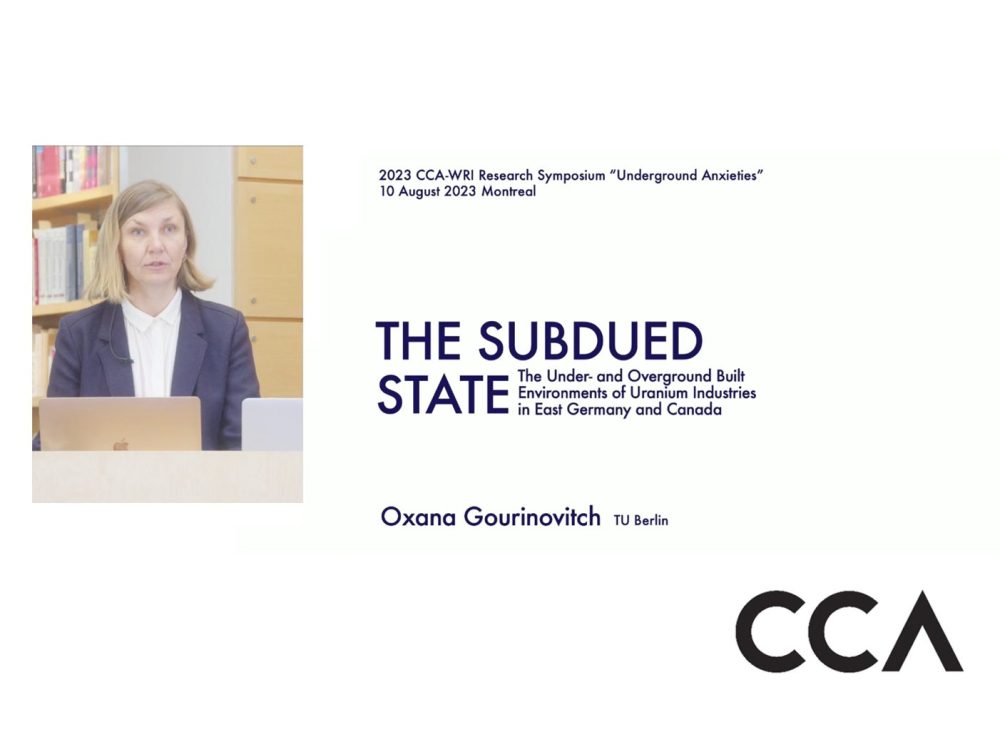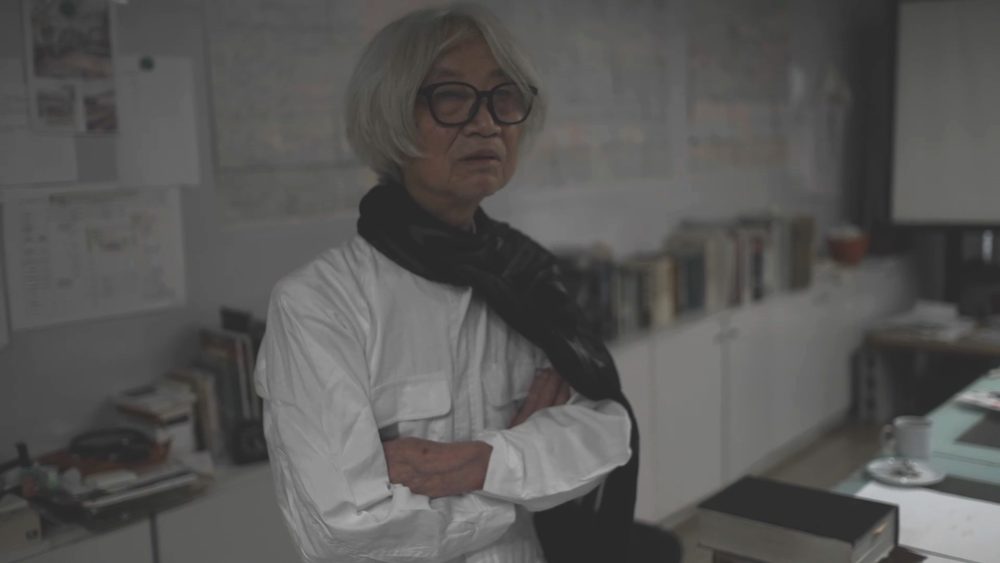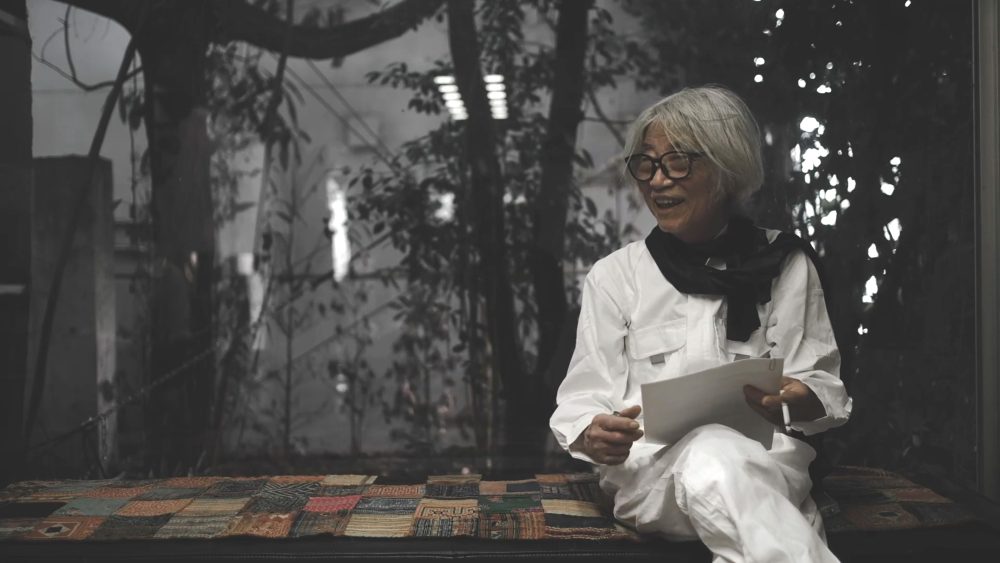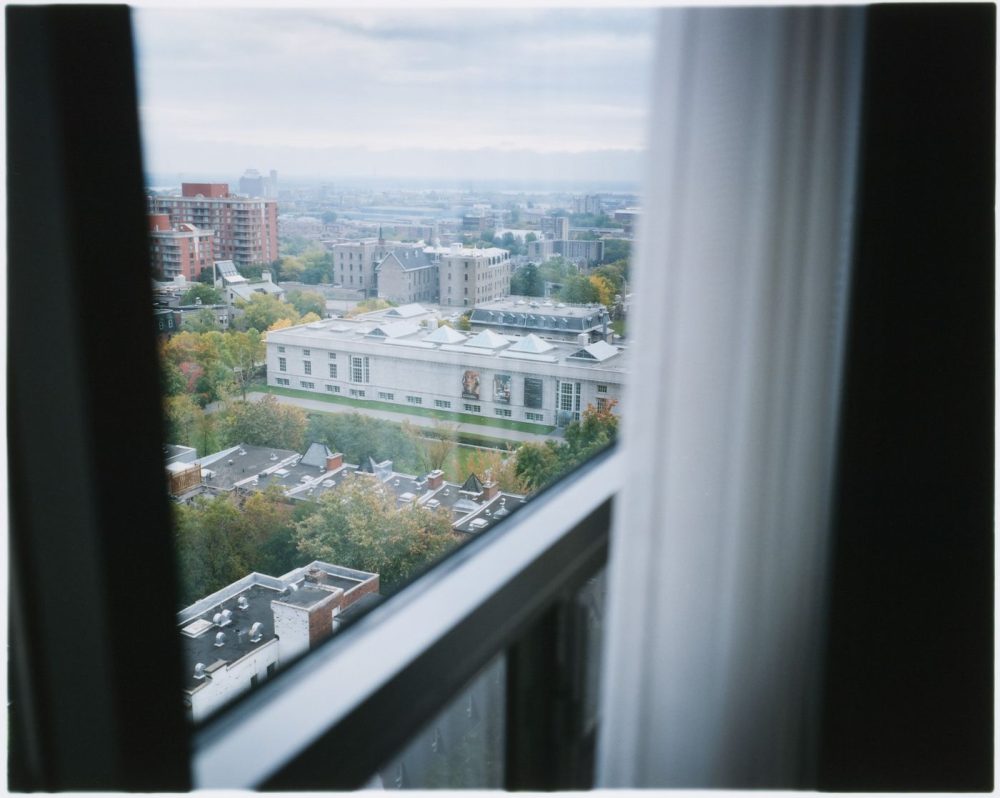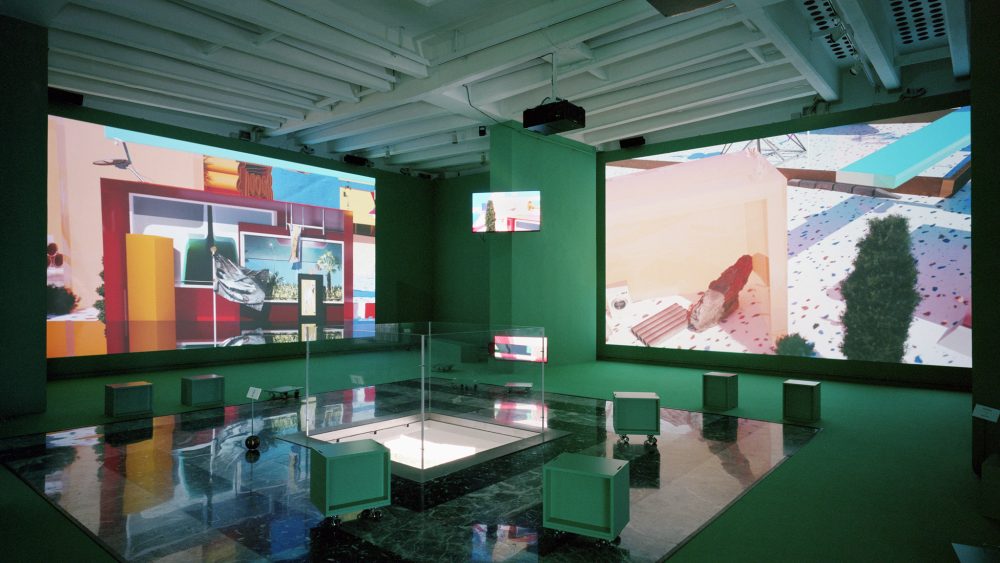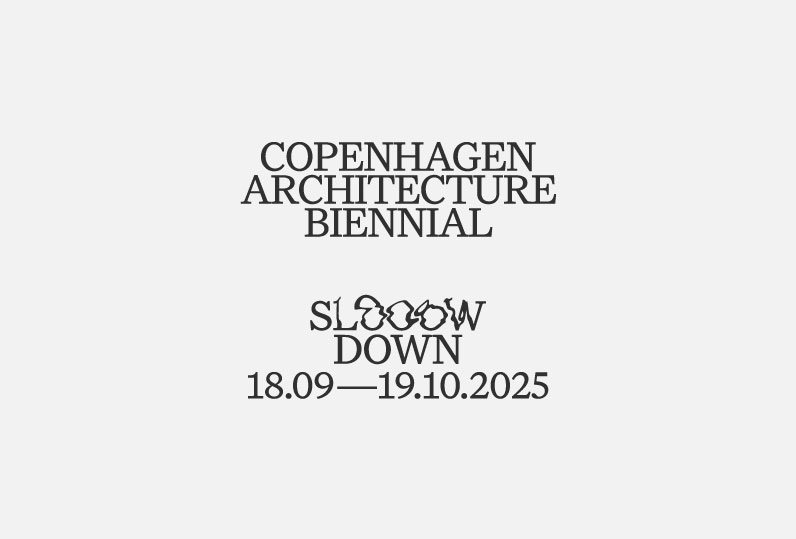Grant Results CCA-WRI Research FellowshipSelected Projects 2023
Earth-Shelter Builders and the Code
31 Mar 2025
- Keywords
- Architecture
The Window Research Institute partners with the Canadian Centre for Architecture to offer the CCA-WRI Research Fellowship. In this article, we introduce the research project of Andrea Alberto Dutto, one of the 2023 fellows.
Project Overview
The research titled “Earth-shelters Builders and the Code” is part of an ongoing historical and theoretical investigation into the relationship between earth and shelter, initiated in 2023. This investigation particularly focuses on the rise of underground architecture, which gained popularity in response to the oil crisis that affected North America in the early 1970s. Earth is no longer seen merely as the ground on which buildings stand but is now recognized as an organic material that can be integrated into construction, enhancing the insulating properties of building envelopes and thereby reducing gas consumption. Going underground emerges as a strategy that blends self-sufficiency and environmentalism, rooted in countercultural movements and driven by amateur experimentation as its core principles.
Some of the leading figures of the earth-sheltered movement were brought to public attention through the exhibition “Sorry, Out of Gas: Architecture’s Response to the 1973 Oil Crisis,” curated by Giovanna Borasi and Mirko Zardini, which took place at the Canadian Centre for Architecture (CCA) between November 2007 and April 2008. Through meticulous bibliographic research and interviews, the exhibition took significant steps to- ward establishing a comprehensive overview, with a particular emphasis on the diverse approaches that defined the movement’s early stages in the 1970s. A key figure in this early stage is Malcolm Wells, an architect and best-selling author in the field of environmental architecture and the underground movement. Wells was recently featured in the exhibition “Emerging Ecologies: Architecture and the Rise of Environmentalism,” held at MoMA between September 17 and January 20, 2024. The complete collection of Wells’s publications, provided by the CCA Fund, along with his personal archive housed at the University of Pennsylvania, formed the basis for an inter- view with Wells’s heirs, which my partner Leonie Bunte and I conducted in Cape Cod in July 2023.
While Wells established the theoretical and ideological foundations of the movement, the first true scientific systematization of earth-sheltering was undertaken by the Underground Space Center (USC), founded by Raymond Sterling and John Carmody in 1977 at the University of Minnesota. Now housed at the CCA Fund, the USC archive reveals the wide range of activities the research group pursued until its closure in 1995. While their initial focus was on residential earth-shelter construction, during the 1980s, their attention shifted to- ward large-scale underground buildings for commercial and tertiary use. This trend was also observed in other international research groups, as evidenced by the pan- els at the annual conferences on underground architecture and engineering, initiated by the USC in 1978.
One of the USC’s key achievements was exploring the potential of earth-shelter building components and integrating innovative daylighting devices, a vision masterfully exemplified by the University of Minnesota Civil Engineering Building, designed in collaboration with architect David Bennett. From the foundations to the upper sections of building envelopes, pioneers of earth-shelter construction challenged the convention- al building design, arriving at original and innovative solutions that also embraced the principles of sustain- able construction. From this innovative perspective, the earth-shelter movement represents perhaps the first comprehensive post-war effort to rethink construction technologies, emphasizing sustainability—particularly energy efficiency—and the reconfiguration of lifestyles compatible with underground living environments.
A central aspect of this reconfiguration of building components involves achieving a beneficial balance be- tween earth mass and aero-illuminated surfaces. While the mass connects the architecture to the landform, harmonizing the building with its surroundings, the aero-illuminated surface serves as the interface between the interior and exterior. These windows, serving as the “eyes” of a buried building, are architectural elements where the ideological perspectives of various authors converge, often clashing with building codes.
For these reasons, this research highlights the win- dow as a key element of earth-sheltering, attributing paradigmatic and epistemological significance to it in understanding the interrelation between living cultures and architectural forms.
Excerpted from the video recording of the Underground Anxieties: 2023 CCA-WRI Research Symposium (August 10, 2023, Montreal)
Andrea Alberto Dutto
Andrea Alberto Dutto is an assistant professor at the Uni- versity of Idaho, College of Art and Architecture. He was a research fellow at the Canadian Centre for Architecture in Montreal in 2023 and a research and teaching associ- ate at the Department of Architecture Theory at RWTH Aachen University from 2021 to 2023. After obtaining his PhD in architecture at RWTH Aachen University in conjunction with the Politecnico di Torino, he conducted postdoctoral research in partnership with several Euro- pean universities and institutions. His current research focuses on experimental shelters and earth-sheltered typologies designed in response to energy and environ- mental crises.

